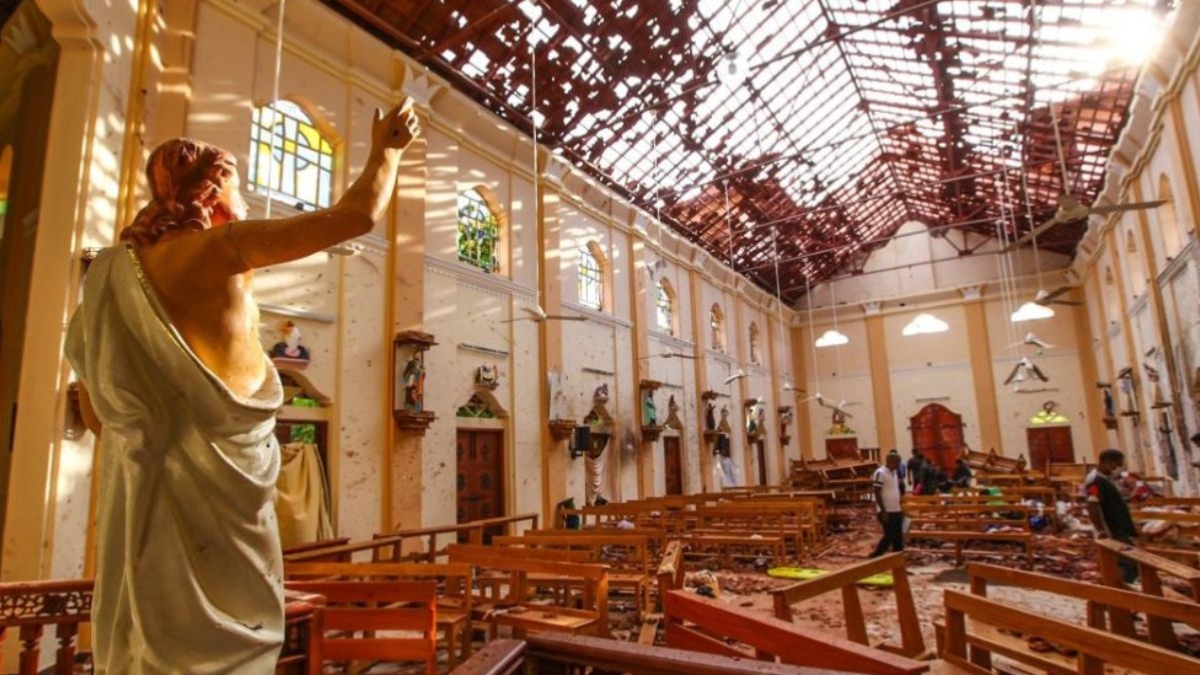Animal welfare advocates are demanding an independent review after the Victorian government began euthanising koalas from helicopters for the first time in Australia. This week Yahoo News revealed 600 to 700 koalas have been shot inside the Budj Bim National Park since May 14, following a blaze that scorched 2,200 hectares, leaving many injured and without food. As the killing continues, concerned experts are calling on the Victorian government to order a halt to ongoing harvesting of healthy eucalyptus trees in private plantations that surround the national park, so surviving animals have access to food.
And they’ve raised questions about the government’s widespread use of aerial shooting, and the welfare of joeys whose mothers are shot and allowed to plummet to the ground. Evan Quartermain has seen the devastation bushfires cause firsthand, as he was one of the first rescuers on the ground after the Black Summer blaze scorched Kangaroo Island in 2019. As the head of programs at Humane World for Animals Australia (formerly Humane Society International), he’s labelled the Victorian Government’s approach “heavy-handed”.

"Difficult welfare decisions are unavoidable following bushfires, and minimising animal suffering is often the best outcome that can be hoped for. However, both the large-scale and broad justification for intervention at Budj Bim National Park raise serious concerns that, while well-intentioned, it's been far too heavy-handed,” he told Yahoo News. “We can't let aerial shooting become the go-to method for wildlife disaster response.
" Call for more oversight of koala killing Two government-contracted helicopters have been spotted flying over the national park this week, and more koalas are set to be shot in the coming days. The sound of the choppers has upset locals who ordinarily delight in visiting the local koalas. While aerial shooting is used to cull brumbies and deer, there are no known records of using the method to euthanise koalas in Australia.
Victoria’s department of environment (DEECA) maintains the decision to move ahead with the program at such a large scale was not taken lightly. Several of Australia’s leading wildlife stakeholder groups and individuals were notified about the program weeks before it was made public by Yahoo. DEECA has indicated the aerial shooting is carried out in accordance with strict guidelines, and most animal advocates Yahoo has spoken with agree that some euthanasia is clearly needed.
A vet has been involved in the decision-making process, and a trial of the program found aerial shooting was accurate and humane. But several wildlife advocates have questioned why the public wasn’t notified earlier, and say more oversight is needed if the program is to continue. Concern for joeys as mother koalas shot Quartermain understands the need to euthanise injured animals, but is concerned about whether helicopter crews can accurately assess and shoot koalas from the air.
“Koalas that have survived the horror of bushfires are fighters, and there are many trained wildlife rescue teams, including ours, ready to conduct search and rescue so more informed veterinary assessments can be made,” he added. Rescuers with knowledge of koala populations in Victoria’s southwest, close to where the tragedy is continuing to unfold, are particularly concerned about the welfare of joeys after their mothers are shot down from trees. DEECA argues the number of females carrying young would be low because of its ongoing efforts in Budj Bim to fit females with fertility controls to try and stabilise the growing population in the park.
It's also noted there’s a lack of feed due to drought, and this could impact reproductive health. Independent koala rescuers say independent oversight of the program is needed to back claims made by the state government. One shelter operator with knowledge of koalas in Victoria’s southwest told Yahoo News, they’re continuing to see female koalas with joeys in their pouches in the surrounding area.
“It’s that time of year again when all the females have pouch joeys. Some can survive for several days, but once the mother’s body has gone cold, the young ones will die,” they said. “It’s a terrible slow death for them, particularly the slightly bigger ones.
They’ll literally starve to death.” Government urged to ban clearing trees near bushfire zone A wildlife expert with knowledge of koala control programs at Budj Bim told Yahoo News the huge population is undeniably due to the harvesting of timber plantations that surround it. Thousands of koalas live in these plantations, and when the large eucalyptus trees are cut down, they’re forced to migrate into the already densely populated national park.
“I think the blue gum plantation owners really need to stand up and take responsibility. When they decimate and take down all the blue gums, the koalas obviously jump down in the end, and we find them in the national park,” they said. “We’re creating a habit for them in the plantations, but only until they’re cut down.
” Prior to the Budj Bim incident, Yahoo made multiple attempts to discuss the evolving crisis in Victoria's southwest with previous state environment ministers. All requests were rejected. Glenys Oogjes, the CEO of Animals Australia, labelled the situation at Budj Bim “tragic” and she links its severity to the destruction of habitat in the surrounding area.
“The whole system is broken,” she said. Oogjes has called for an independent review of management plans designed to protect koalas in private timber plantations and for harvesting to be paused. “We are concerned about blu gum plantations surrounding Budj Bim National Park, and the risk they could pose for starving koalas seeking out this unnatural food source.
We encourage the department to consider the months ahead for the survivors,” she told Yahoo. “We’d urge an independent review of any existing koala management plans in these plantations, and plantation harvesting plans to halt until more is known about the movement and impacts on these local koala populations.” Love Australia's weird and wonderful environment? 🐊🦘😳 Get our new newsletter showcasing the week’s best stories.
.









